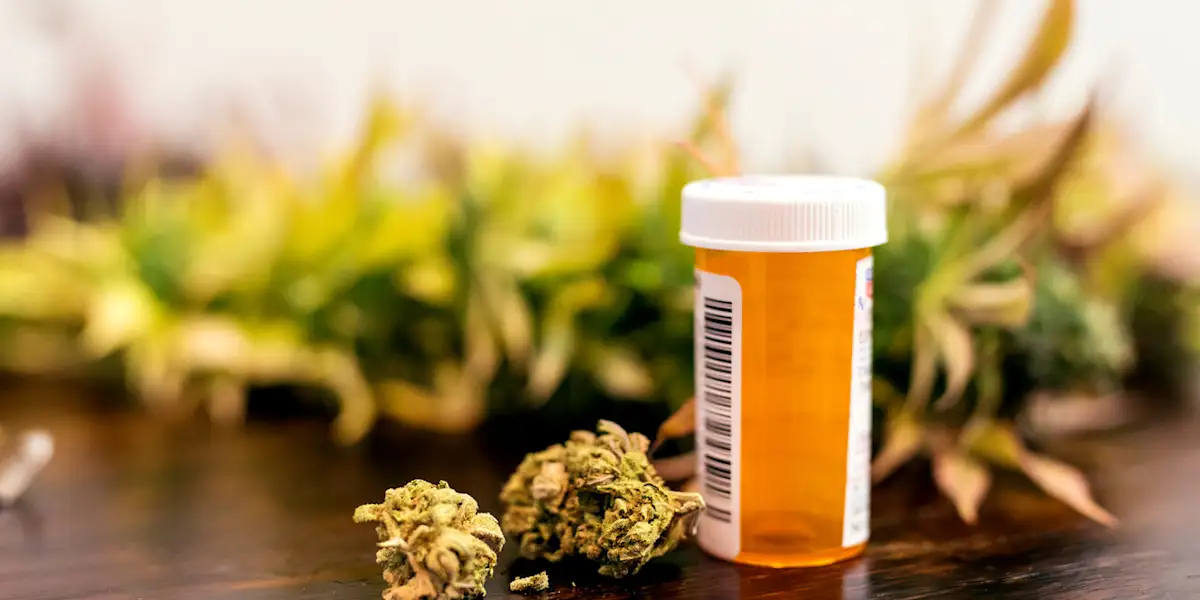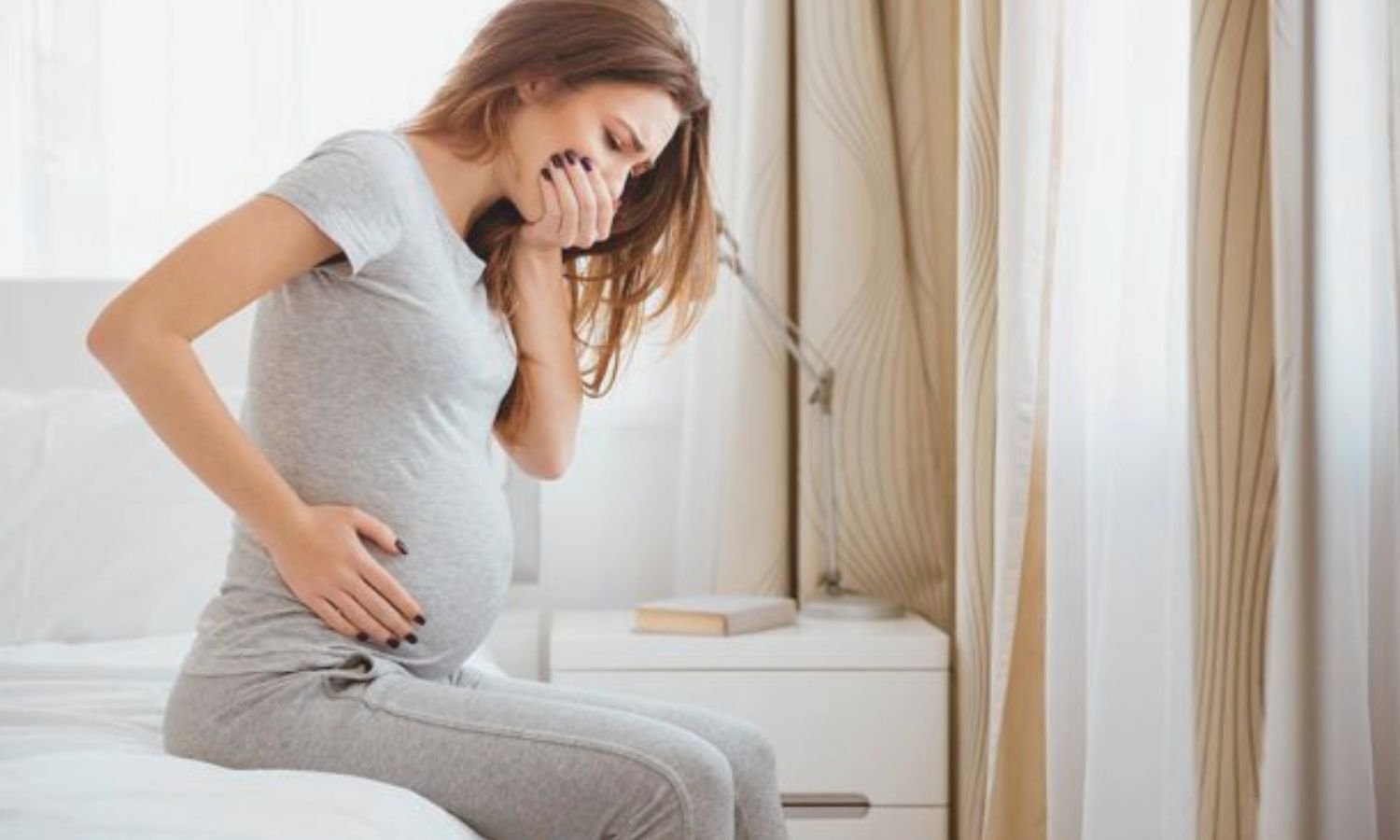Cannabis is increasingly utilized by cancer patients to alleviate symptoms and mitigate the adverse effects of treatment. This trend is evolving so quickly that many oncologists find it challenging to stay updated on the best practices for advising patients. Experts in integrative oncology discussed these issues at the Community Oncology Alliance’s (COA) 2025 Community Oncology Conference.
Dr. Donald Abrams, former chief of the hematology-oncology division at Zuckerberg San Francisco General Hospital and an integrative oncologist at the UCSF Osher Center for Integrative Health, referenced a 2018 survey of oncologists. The survey revealed that 80% of oncologists had conversations about medical cannabis with their patients, and in 78% of those cases, the patients initiated the discussions. Notably, two-thirds of oncologists considered cannabis a useful supplement to standard pain management and viewed it as equally or more effective than traditional treatments for anorexia. Despite this, fewer than half of the oncologists recommended cannabis, and only one-third felt adequately informed to provide such recommendations.
These findings contributed to the American Society of Clinical Oncology (ASCO) issuing new guidelines on cannabis and cannabinoids for adult cancer patients based on the latest research. The guidelines strongly advise against using cannabis as a direct treatment for cancer unless it occurs within a clinical trial. They also identify areas where data on safety and efficacy are either sufficient or insufficient.
The strongest evidence supports the use of cannabis and cannabinoids to alleviate chemotherapy-induced nausea and vomiting when combined with standard antiemetic medications. However, there remains insufficient data to endorse cannabis for many other supportive care applications. Dr. Abrams noted that many patients opt for cannabis based on their personal experiences and preferences, often disregarding standard medications entirely. He remarked, “While I prescribe conventional pharmaceuticals during chemotherapy, many patients prefer to use botanical cannabis exclusively.”
Dr. Abrams also highlighted the side effects of standard antiemetic treatments, such as ondansetron, which can cause significant constipation. He found that patients who felt severely ill or in distress often preferred to use inhaled cannabis to promote bowel movement instead of traditional therapies.
Both Dr. Abrams and Dr. Richard T. Lee, the Cherng Family Director’s Chair for the Center for Integrative Oncology at City of Hope, recommend starting cannabis treatment with low doses, typically between 2.5 and 5 mg of THC daily, while keeping daily doses below 20-30 mg of THC and 300 mg of cannabidiol (CBD). Dr. Lee pointed out the cognitive impairments associated with higher doses of THC and cautioned against exceeding 300 mg of CBD due to potential liver dysfunction.
The ASCO guidelines also emphasize the need for further research on cannabis and cannabinoid use among adult cancer patients. Dr. Lee discussed ongoing research at City of Hope’s Center for Integrative Oncology, established in 2023, focusing on the effects of cannabis on neuropathy and evaluating the risks and benefits of cannabis use during cancer treatment. “We aim to offer more holistic approaches to patient care, incorporating evidence-based therapies like acupuncture, massage, and meditation alongside cannabis,” said Dr. Lee.
Both Dr. Abrams and Dr. Lee reported no conflicts of interest.




